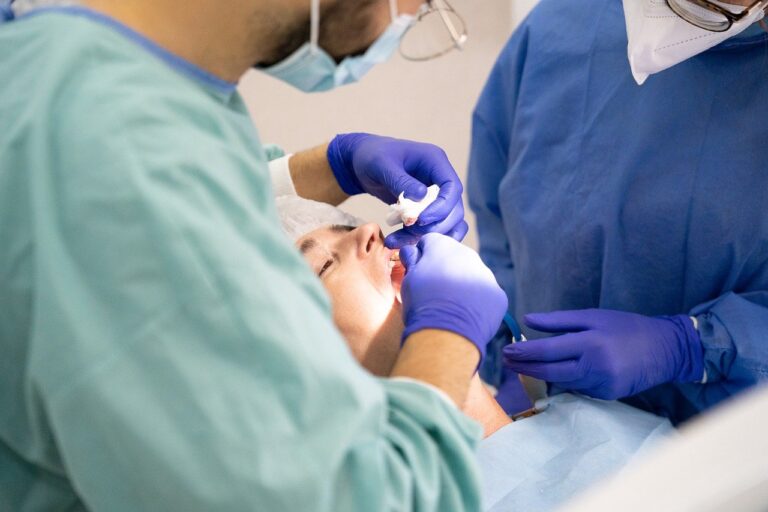Hidden dangers sometimes lurk behind the scenes when looking at medical procedures. One such peril often overlooked is latex allergy, an increasingly prevalent concern within operating rooms. Surprisingly, it stands as the second most common cause of anaphylaxis in the sterile confines of the operating suite, necessitating a critical review of its significance and impact on patient care.
The prevalence of latex allergy has become a growing concern in healthcare settings, particularly in surgical environments. According to studies conducted by the American College of Allergy, Asthma & Immunology (ACAAI), it’s estimated that up to 6% of the general population and 8-12% of healthcare workers are affected by latex allergies. Furthermore, the ACAAI identifies latex as the second leading cause of anaphylaxis during surgical procedures, underscoring its substantial threat within the operating room.
Latex, a natural rubber material derived from the sap of the rubber tree, is commonly found in various medical products and equipment, including gloves, tourniquets, catheters, and anesthesia masks. While these items are indispensable in ensuring aseptic conditions during surgeries, they pose a significant risk to individuals allergic to latex.
Anaphylaxis, a severe and potentially life-threatening allergic reaction, can manifest swiftly in susceptible individuals upon exposure to latex. The symptoms range from mild skin reactions such as itching and hives to more severe manifestations like difficulty breathing, wheezing, and in extreme cases, cardiovascular collapse. Rapid identification and appropriate management are crucial to mitigate the risks associated with anaphylactic reactions in the operating room.
Medical practitioners and healthcare providers must remain vigilant and take proactive measures to address latex allergy risks. This includes comprehensive patient assessments to identify latex allergies before surgical procedures, utilizing latex-free alternatives whenever possible, and ensuring clear communication between the surgical team to minimize potential exposure.
The landscape of healthcare is evolving, and with it, the awareness of latex allergy and its impact on patient safety is gaining prominence. Collaborative efforts between healthcare professionals, manufacturers, and regulatory bodies are imperative to develop safer alternatives and stringent protocols aimed at reducing the prevalence and risks associated with latex allergies in surgical settings.
In conclusion, acknowledging the prevalence and potential severity of latex allergies within the operating room is paramount. By prioritizing education, vigilant screening, and the adoption of latex-free alternatives, medical practitioners can significantly diminish the risks posed by this often underestimated yet significant threat.
Sources:
- American College of Allergy, Asthma & Immunology (ACAAI) – Latex Allergy. (https://acaai.org/allergies/allergic-conditions/latex-allergy/)
- Heilman DK, Jones RT, Swanson MC, et al. Latex allergy: a follow-up study of 1040 healthcare workers. (https://pubmed.ncbi.nlm.nih.gov/16421390/)
- Kelly KJ, Pearson ML, Kurup VP, et al. A cluster of anaphylactic reactions in children with spina bifida during general anesthesia: epidemiologic features, risk factors, and latex hypersensitivity. (https://pubmed.ncbi.nlm.nih.gov/8027499/)






